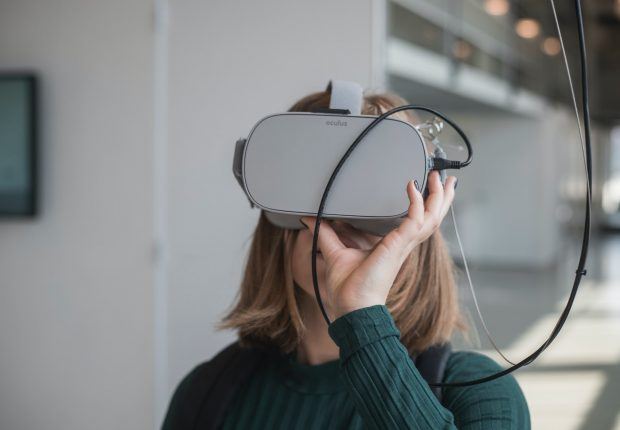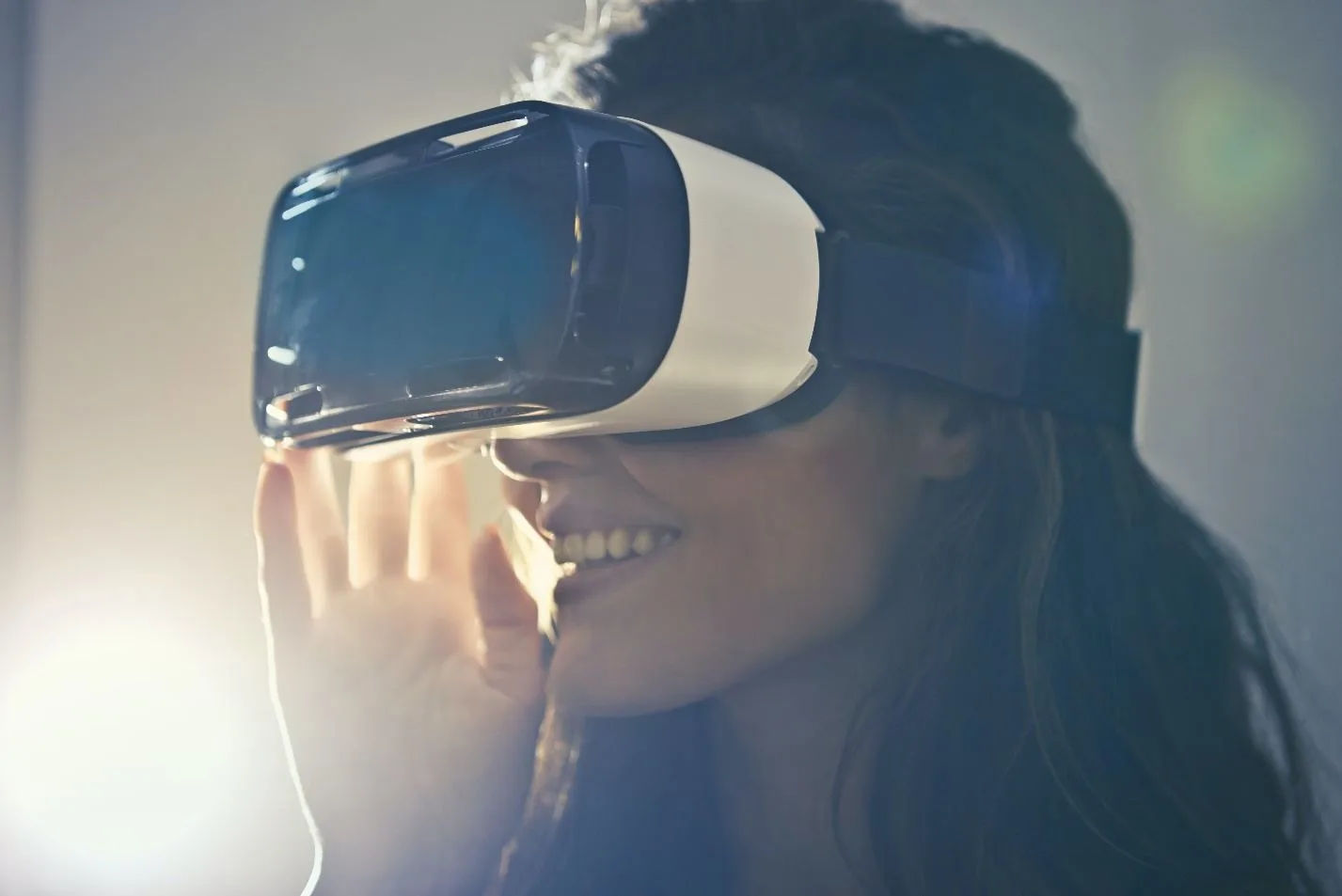The concept of virtual reality is mainly used in the sphere of gaming and computer science in general. However, virtual reality managed to get into other industries. One of these is healthcare. With the help of virtual reality, the standard practices of the healthcare industry are being redefined to their core. That being said, as unexpected or bizarre as it might seem, the addition of virtual reality into the healthcare system brought many benefits for both the patients and the medical staff. Statistically speaking, there have been major improvements in the training of medical staff as well as positive rehabilitation results for patients. Longevity Live Paid Content.
No matter what, virtual reality in healthcare shows great promise. On that note, in this article, we will go over 5 benefits of VR in healthcare and what it offers to doctors and patients alike. So, if you are interested in the topic, we recommend you stick around and read the article. Now, without any further ado, let’s dive right in.
Virtual Reality Simulations
With the addition of VR simulations in the healthcare system, we have witnessed an increase in safety as well as the effectiveness of services and procedures. Additionally, with active efforts, developers are trying to bridge the gap between the traditional ways of learning and VR simulations. That being said, simulations have been around in healthcare for a long time. However, they were defined as techniques rather than technology and were used to replicate real-life events to help with the teaching process. Simulations as a teaching concept have been used way back in the 18th century. French doctors managed to create a cloth birth simulation which was used to help midwives, as well as surgeons, prepare for real procedures.
Another simulation that is known and used everywhere in the world is mouth-to-mouth resuscitation. This gave birth to a simulation which we all know as a plastic dummy that is used to teach CPR through chest compressions and artificial ventilation. These examples show just how far technological advancements came in today’s time. From a plastic dummy to fully immersive virtual simulations in 60 years truly shows how far we progressed in healthcare. This is how you can VR for better fitness gains.
 Human Anatomy VR Training
Human Anatomy VR Training
The training process in the healthcare system was always important. However, with the implementation of virtual reality, the whole process has never been easier. Compared to the traditional ways of teaching, VR anatomy training has brought forth so many opportunities for the younger generations to learn more efficiently.
This can be done with the help of online streams, where the students can observe and participate in difficult procedures with absolutely no risk. Students no longer have to stand in viewing rooms watching the procedure from afar hoping not to miss anything. Additionally, in the case of rarer procedures, you could never know when the next chance will come. With VR anatomy, you can practice every procedure as much as you would like. This also applies to doctors that already have years of experience.
Preparation Assistance
Another benefit that VR provides is thorough preoperative preparations. This helps surgeons plan out the surgery from start to finish. This can be especially beneficial to neurosurgeons, as they have no room for error during long and complicated procedures. Additionally, this can help reduce stress for both the doctor and the patient.
Assisting Surgeries
Virtual reality, with the help of robotics, produces what we know as surgical robots. These robots are specifically designed and manufactured to aid surgeons during the procedures. These robots utilize a small port and only require a small 1.5 cm incision where the camera can enter together with other necessary instruments. After that is finished, the surgeon regains full control to continue the procedure.
These robotic-assisted surgeries have minimal invasiveness with maximum precision and visualization. The surgeon needs to wear a VR helmet which allows the surgeon to have a 360-degree view through the camera so that they can precisely operate the robot’s arm like their own.
Mental Disorder Treatment
Virtual reality has also seen used in helping patients better manage their mental disorders. It was shown that virtual reality is able to relieve mental disorder symptoms to a certain level. Additionally, it is also used to help people that suffer from panic attacks and anxiety from things such as social interactions. With the help of VR, they can expose themselves to social interaction in a safe environment. Furthermore, there was also success in mitigating depression and generalized anxiety disorders.
Conclusion
The future of VR in healthcare is certainly promising. The benefits of VR are becoming clear not only for the healthcare industry but for other industries as well. We can only hope that the usage of VR in healthcare becomes standardized as soon as possible. It is great to see that even though it was created for entertainment, VR was able to provide some amazing benefits and save countless lives in the healthcare system. Click here to find out how VR will change our longevity in the long run.
Who is the author?

Susan Miller
Susan Miller has more than 6 years of experience as a content writer for a variety of blogs. She specializes in writing articles that cover technological topics, such as virtual reality, arising technologies in healthcare, as well as financial technologies.
In her free time, she enjoys watching modern TV shows and documentaries. She is really passionate about fitness and exercise, going to the gym daily and swimming in the pool weekly.



![women [longevity live]](https://longevitylive.com/wp-content/uploads/2020/01/photo-of-women-walking-down-the-street-1116984-100x100.jpg)










